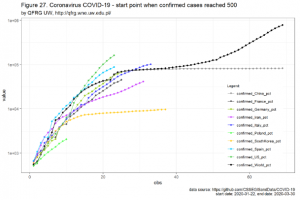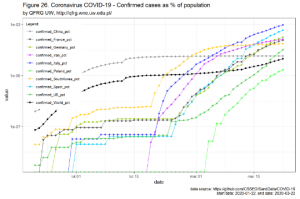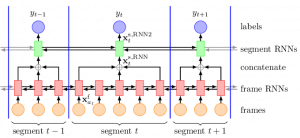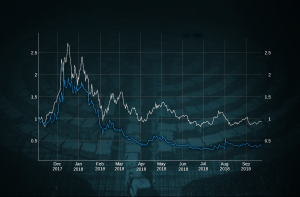Generalized Momentum Asset Allocation using MSCI indexes licensed by Eurex Exchange
Tactical asset allocation (TTA) process could rely on many alternative methods. One of the possible aproach is based on momentum effects. Such a strategy aims to capitalize on the continuation of existing trends in the market. The momentum investor believes that large increases in the price of a security will be followed by additional gains and vice versa for declining values. The core of the momentum anomaly is that assets often continue their price momentum, defined as the change in price over a given look-back period (eg. 12 or 6 months). Therefore one should buy assets with the highest momentum and sell assets with the lowest momentum. Simple momentum strategy can be created by ranking assets based on last m period returns and then holding them for n periods. The performance of this kind of the strategy is well documented and analyzed by academics (Faber 2009, Fama 2010).
An alternative group of methods is based on minimum- or mean-variance models. Such models optimize risk contribution or diversification measures, by choosing optimal weights for each asset class under restrictions. An overview and demonstration of these methods can be found in Ang (2012) and Butler (2012). Interesting addition to the literature on asset allocation based on momentum can be found in Amaya (2011). The author use intraday data to compute weekly realized variance, skewness and kurtosis for individual equities and assess whether this week’s realized moments predict next week’s stock returns in the cross-section. Stocks are sorted each week according to their realized moments, form decile portfolios, and analyze subsequent weekly returns. They found a very strong negative relationship between realized skewness and next week’s stock returns, and a positive relationship between realized kurtosis and next week’s stock returns.
The main objective of this project is to combine alternative methods which could be applied in TTA to create Generalized Momentum Asset Allocation Model. Our approach utilizes different distribution moments: mean, variance (standard deviation), skewness and kurtosis. We use simple linear functions to combine all factors and apply grid search in order to find optimal parameters. We show backtests for the considered models based on 26 country MSCI equity indexes.


















